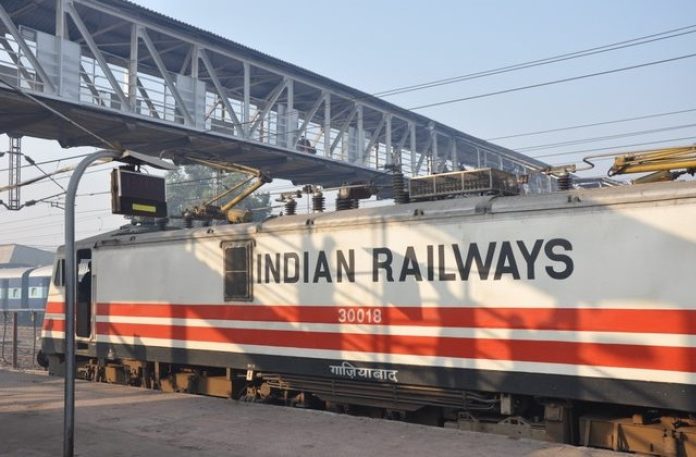Snapshot
The train became the first Mail/Express train to run on electric traction up to Kamakhya station of Guwahati.
On October 21, the Northeast Frontier Railway ran its first parcel train on electric traction up to Kamakhya station and achieved a historical moment for NF Railway and North-eastern region.
Marking an important step towards green transportation, the first passenger train to run entirely on electric traction arrived at Kamakhya station on Thursday.
Beginning a new era for the Northeast Frontier zone, the Delhi–Kamakhya (Brahmaputra) Mail Special leaving from the national capital city reached Kamakhya station of Guwahati at 1.30 pm covering more than 2,000 km on electric traction.
Similarly, in the return direction, the Kamakhya–Delhi (Brahmaputra) Mail Special left for Delhi from Kamakhya station at 2.30 pm on Thursday through electric traction.
The train became the first Mail/Express train to run on electric traction up to Kamakhya station of Guwahati after the successful operation of a parcel train on electric traction just a day before.
Earlier on October 21, the Northeast Frontier Railway ran its first parcel train on electric traction up to Kamakhya station and achieved a historical moment for NF Railway and North-eastern region.
After the completion of railway electrification works up to Kamakhya station and authorization was granted by the Commissioner for Railway Safety after inspection, the section from New Coochbehar to Kamakhya was opened for operation by electric traction.
With this, a total 760 km of rail route has been electrified on NF Railway.
Up till now, the trains with electric locomotives were coming from Katihar and Malda up to New Coochbehar, where electric locomotives were being detached from the train and diesel locomotives were being attached for its onward journey.
Now with the completion of Railway electrification works and commissioning of the section up to Kamakhya, these trains will come directly up to Kamakhya without change of traction.
As such, there will be direct connectivity from New Delhi to Kamakhya on electric traction without change of locomotive enroute.
At this point, it is worthwhile to note the numerous inherent benefits of electric traction — i.e. higher speed potential enabling faster trains, saving of time and energy, increase in energy efficiency with higher power-to-weight ratio, regenerative braking, higher hauling capacity with high horsepower locomotives, improvement in reliability and line capacity, pollution free mode of transportation, cost effectiveness due to lesser maintenance and operating cost — which ensue with such infrastructure.


